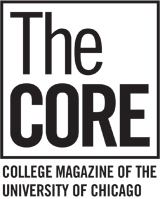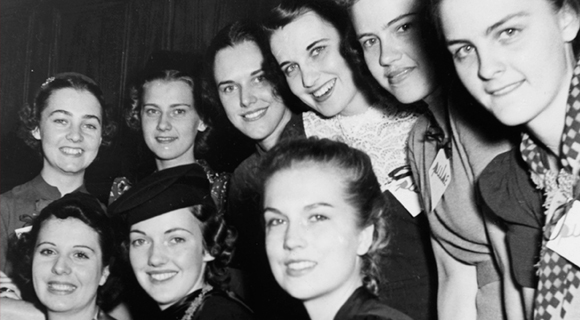
Beauty, briefly
Slideshow
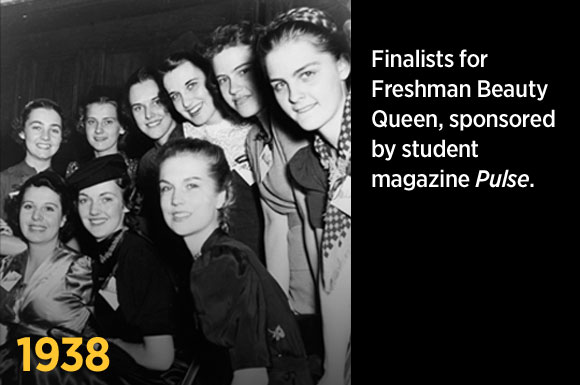
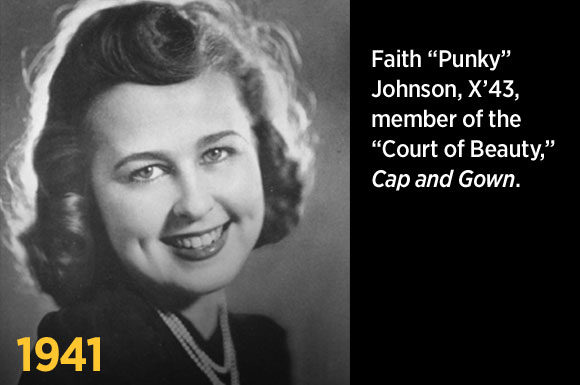
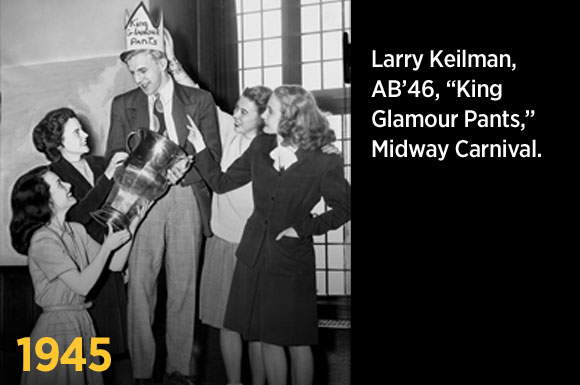
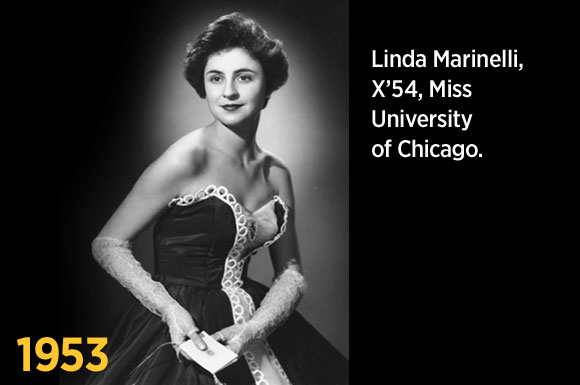
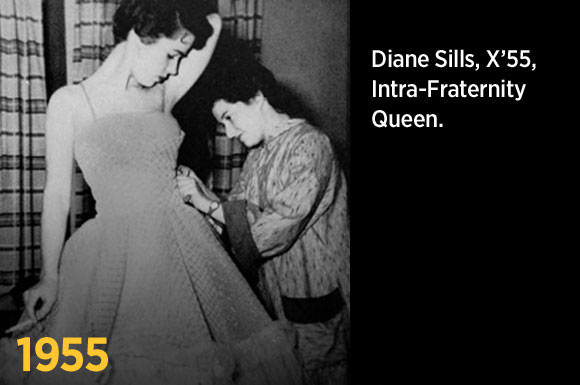
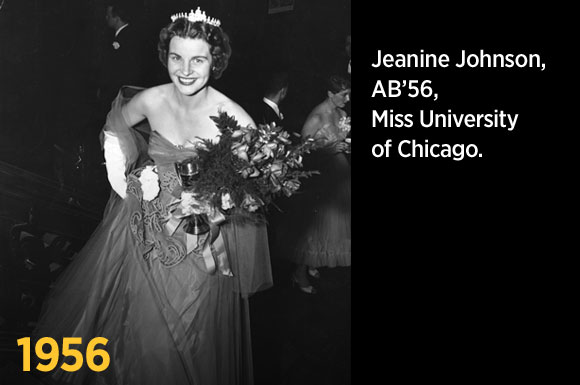
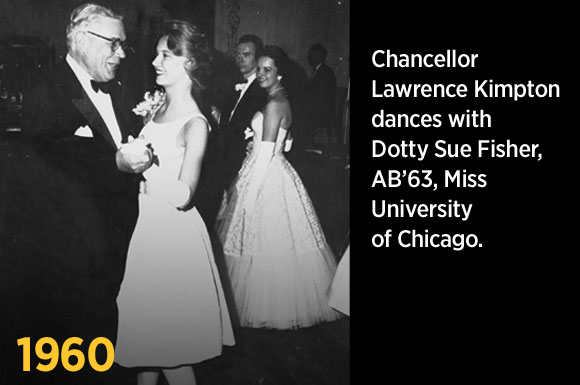
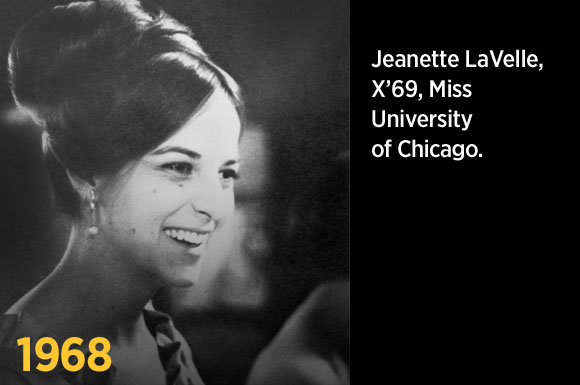
“Prior to 1921, most Americans had never heard of a ‘beauty pageant,’” historian Kimberly A. Hamlin wrote in her 2004 essay “The First Miss America Pageants, 1921–1927.” Beauty contests did exist, such as the “bathing beauty” competitions held at seaside resorts, and photo contests sponsored by newspapers. But these were small local events, Hamlin wrote, “and often frowned on by the middle and upper classes.”
The contests soon became completely mainstream, and by the 1930s, as more and more women began attending college, they also became a staple of American campus life. At UChicago, there were often four or more contests per year, with names like Freshman Beauty Queen, Homecoming Queen, Intra-Fraternity Ball Queen, Campus Dream Girl, Queen of the Midway. Sometimes the contests involved other colleges, too, as when Marion Simon (née Elisberg), AB’39, represented UChicago in the “Big Ten of Beauty” (see Editor’s Note). The contests were almost always for women and almost always sincere, though there were occasional spoof pageants, such as Mr. Glamour Pants in 1945.
In 1951, a lone voice, belonging to Ruth O. McCarn, assistant dean of students, spoke out against beauty queens (and pajama races and “other trivial affairs”), which she claimed were “not conducive to the mental growth of students.” Her speech was reported in a one-paragraph Chicago Tribune article and otherwise ignored.
The most famous and long-lasting contest, Miss University of Chicago, seems to have begun in the 1940s as part of the annual “C” Dance. By the 1950s the contest had become part of the Washington Promenade, the traditional highlight of the social calendar, held annually in February since 1893.
Perhaps surprisingly, the beauty contest survived until the very end of the 1960s. The last Miss University of Chicago, Ingrid Johnson, AB’71, was crowned in April 1969 (the dance was postponed because students were occupying the Administration Building). In one sign of the times, Johnson, an African American, had natural hair.
In 1970, Wash Prom was replaced by the infamous Lascivious Costume Ball, which featured “best costume contests to name the true Mr. and Ms. U of C,” according to The UC Students Guide to the Lascivious Costume Ball (undated). The Mr. U contest—first won by Andrew Gurian, AB’71, competing under the name Gangrene LaRue—was allegedly the result of lobbying by the Student Project on Equal Rights for Men, which demanded the right for men to be treated as sex objects.
After the Lascivious Costume Ball was abolished in 1984, the University survived a 17-year beauty interregnum until Theta brought the Mr. University pageant to campus in 2001. So what does it mean that today, UChicago has a male pageant but no female pageant? Mr. University 2011 (Seth Olsen, ’13) offers one interpretation: “I don’t think the fraternities would come out for a girl pageant. I don’t think a lot of guys watch Miss America, for example,” he says. “It would be a little dry, I guess.”—C.G.
FURTHER READING
Hamlin’s essay appears in “There She Is, Miss America”: The Politics of Sex, Beauty, and Race in America’s Most Famous Pageant, Palgrave Macmillan, 2004.
